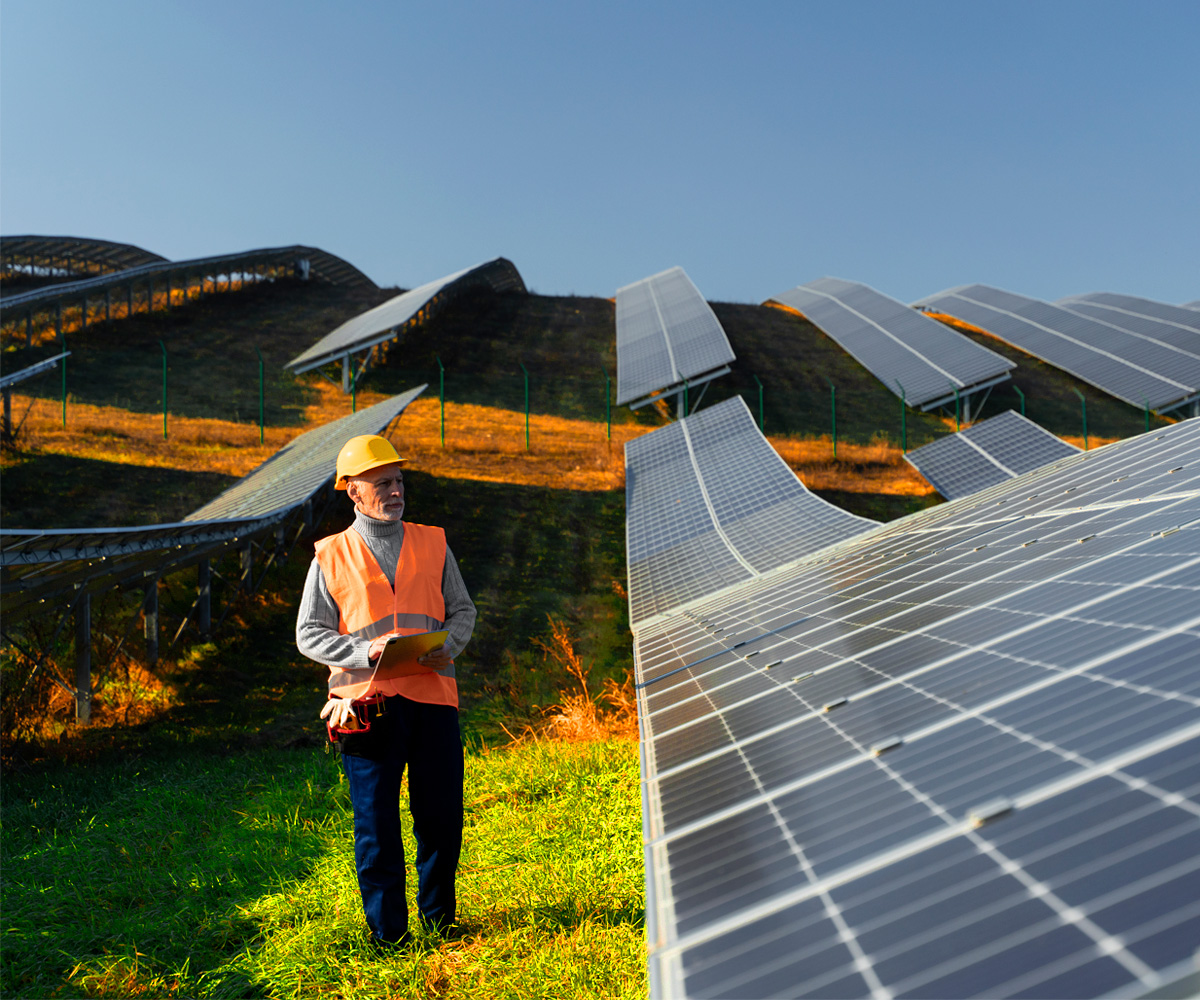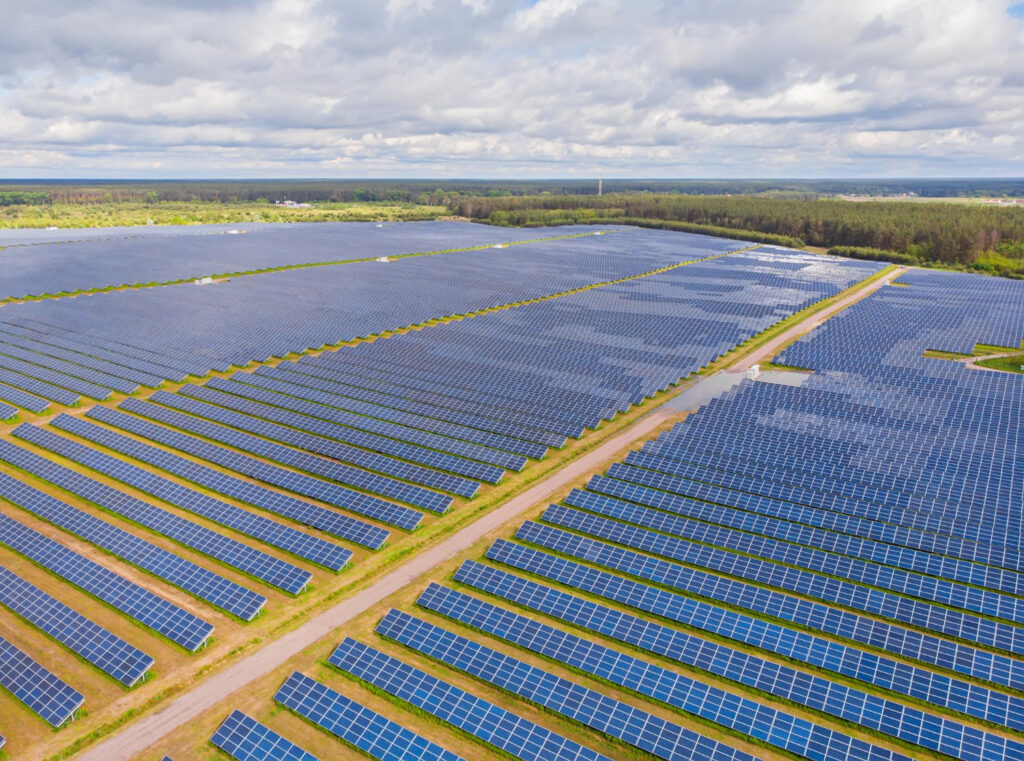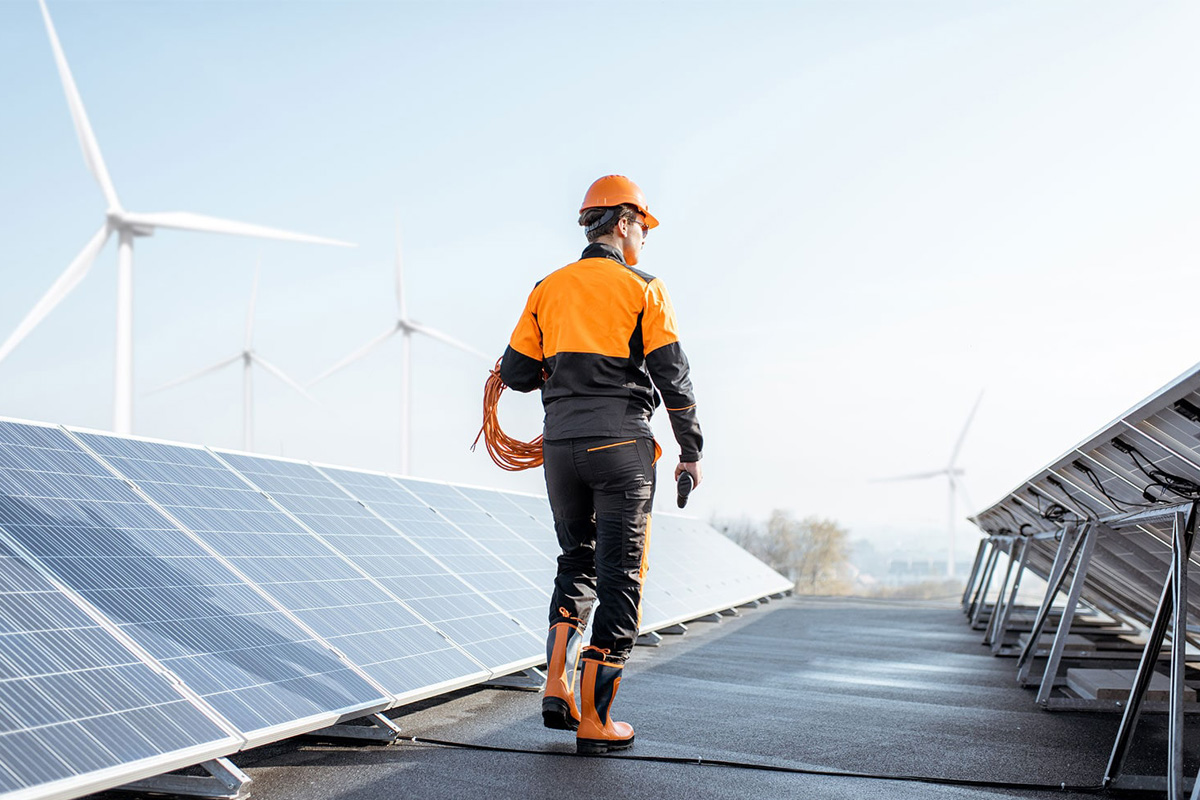Australia is celebrating reaching a significant milestone in renewable energy, with renewables accounting for an impressive 36% of the country’s power in 2022. Solar photovoltaics (PV) is leading the charge in this green revolution, contributing 15% of the total and promising future expansion.
But even as we harness the sun’s plentiful energy, we still have to deal with the difficulty of keeping the electrical system steady. In light of climate change, the erratic nature of solar electricity, which is impacted by constantly shifting weather patterns, begs the question of grid stability.
Climate Change & Solar Power
A recent study delves further into this issue intending to estimate how climate change would affect Australia’s solar resource dependability over the next century. The results show a complex picture of regional differences in weather-related discrepancies.
A bright spot for the dependability of solar resources is that as the temperature warms, the eastern regions of Australia could witness less sporadic solar power-generating episodes. On the other hand, prolonged periods of little or no electricity generation may occur in some western regions. What’s the most important lesson learned? The majority of Australia still has a bright future for solar energy despite climatic changes.
However, how does the intricate dance of grid stability get affected by the upsurge in solar growth? In contrast to conventional power sources, renewable energy sources add fluctuating energy to the grid based on variables such as cloud cover and sunshine intensity. These changes have the potential to throw off the supply and demand equation, leading to swings in voltage and maybe blackouts.
Let’s talk about how climate change affects solar production.
- Increased solar resource availability throughout Australia is predicted in a higher emissions scenario, with slight reductions in the western regions.
- Solar power dependability in the east is predicted to increase with more clear-sky days.

Let’s now focus on Sun Cable, the largest solar farm in the world, which is creating waves in the Northern Territory. Its enormous 14 gigawatt generation capacity is intended to power Singapore and Darwin. However, by 2099, our estimates predict a 2% decrease in radiation at Sun Cable, which might result in a loss of 280 megawatts in overall generation capacity. To combat this irregularity and provide a steady power supply, energy storage devices become essential.
The necessity of strategic planning is growing.
- The necessity of cutting carbon emissions and becoming ready for catastrophic climate change is highlighted in the most recent IPCC report.
- Grid-connected renewable energy technologies are a lighthouse on this path, and storage facilities are essential for both delivering and absorbing extra energy during periods of high demand.
Unheralded heroes of the energy revolution, batteries are about to take center stage. By 2025, three sizable battery storage projects are planned for Australia. However, the next course has to be carefully considered.
It is crucial to do a thorough analysis of the effects of climate change using a variety of climatic models and scenarios before the installation of large-scale solar facilities. Hybrid renewable energy plants are a clever way to optimize the energy mix and reduce intermittency since they combine solar and wind power at the same location.
In conclusion, accepting solar energy entails navigating the oceans of change, as Solaright paves the way for Australia’s solar future. Through technology, strategic planning, and a dedication to environmental sustainability, Solaright is positioned to shed light on the way toward a secure and sustainable solar-powered Australia.









